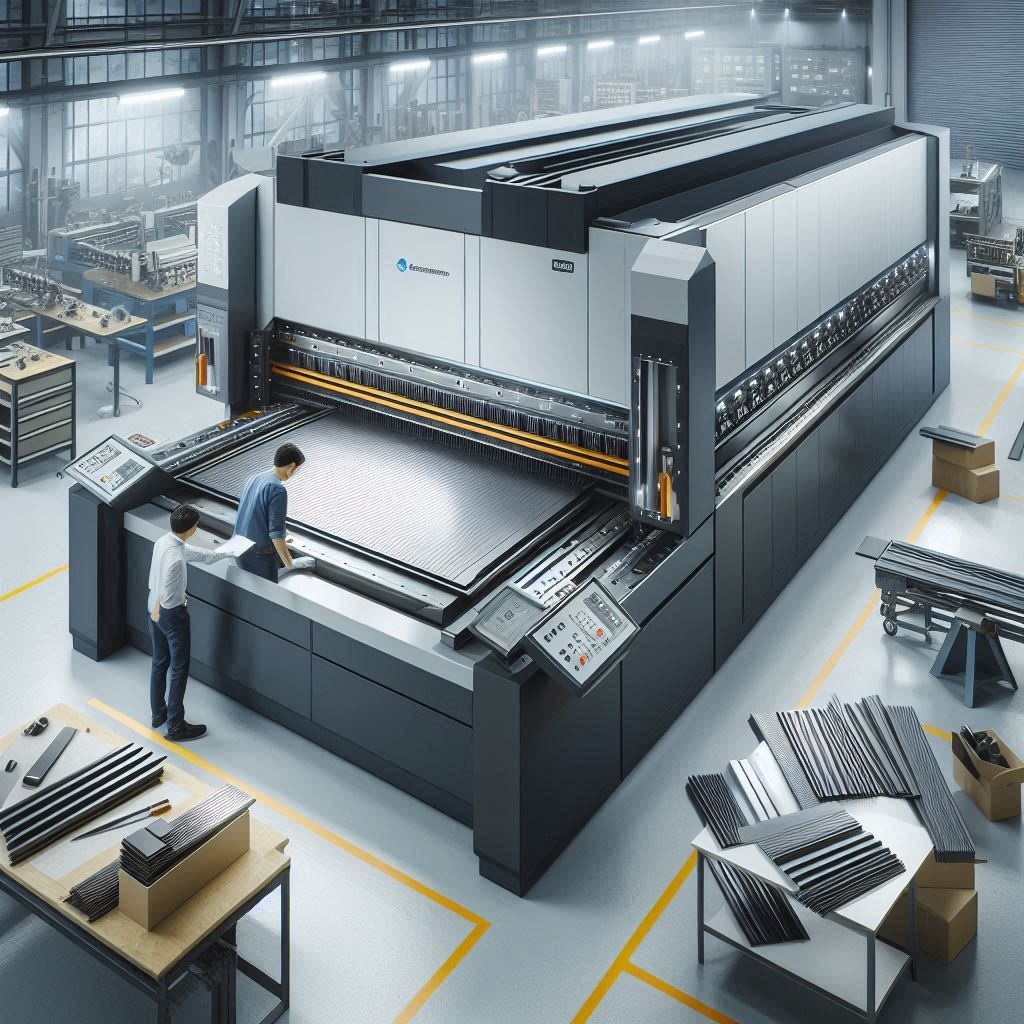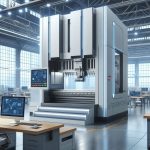A hydraulic plate bending machine consists of several key parts: the top roll, bottom rolls, hydraulic cylinders, frame, and control systems. The top roll exerts force onto the metal plate to initiate the bending process, while the bottom rolls serve as support and guidance for the plate and maintain an optimal location of the plate during the bending. The hydraulic cylinders supply the needed force to bend the plate, ensuring a uniform and smooth bending reaction over the surface of the entire plate. The frame is designed to provide stability to the entire system and to ensure everything is well-aligned even when subjected to high loads. The operator can utilize either a manual or CNC control system to adjust control features, including bending angles, pressure, and speed. When combined together, these parts work to facilitate accurate metal formings steps for industrial applications.
Application and uses of Hydraulic Plate Bending Machine
A hydraulic plate bending machine is utilized thoroughly in industries that require metal forming and fabrication. These machines bend and shape thick metal plates into cylindrical or conical shapes needed for tank, boiler, pressure vessel, and pipeline manufacturing. They are also used in shipbuilding and construction and heavy engineering industries to manufacture curved structural components. In automotive and aerospace industries, they are very useful in manufacturing intricate, high-strength parts requiring accuracy and precision. Because of the automated hydraulic function and precision control, a hydraulic plate bending machine will make consistent bends, making it a fit for everything from bespoke workshop level to production level in industry.
Considerations When Buying A Hydraulic Plate Bending Machine
When buying a hydraulic plate bending machine, it is essential to pay attention to features that will assist in performance, accuracy, and lifespan. Customers should obtain a hydraulic plate bending machine with a rigid, durable frame structure that can withstand extremely high loads without distortion. The machine will also need to have good quality hydraulic cylinders fitted to enable smooth, continuous bending. It is also important to have a reliable control system to enable accurate adjustment of the bending angles, as well as pressure. The roller material and the diameter of the roller play an important role in the evaluation as this will ultimately affect the quality and effectiveness of the bend. Customers should also evaluate any associated safety features, energy efficiency, and maintenance features and costs as this can affect productivity and costs over time.
Conclusion
To sum up, a hydraulic plate bending machine is an important equipment in today’s metal forming and engineering industries. With its essential features of rollers, hydraulic system, frame and control, the machine maintains accurate, reliable, and consistent bending capabilities. Its applications across construction, shipbuilding, manufacturing and, other industries, shows that they are important and flexible machines. With an adequate design, appropriate hydraulic capabilities, and computerized controls on the bending machine, industries will realize a higher degree of accuracy, productivity and cost effectiveness. With the right hydraulic plate bending machines, industries will be more able to improve quality of work and know that the machine will maintain long term effectiveness and life.



